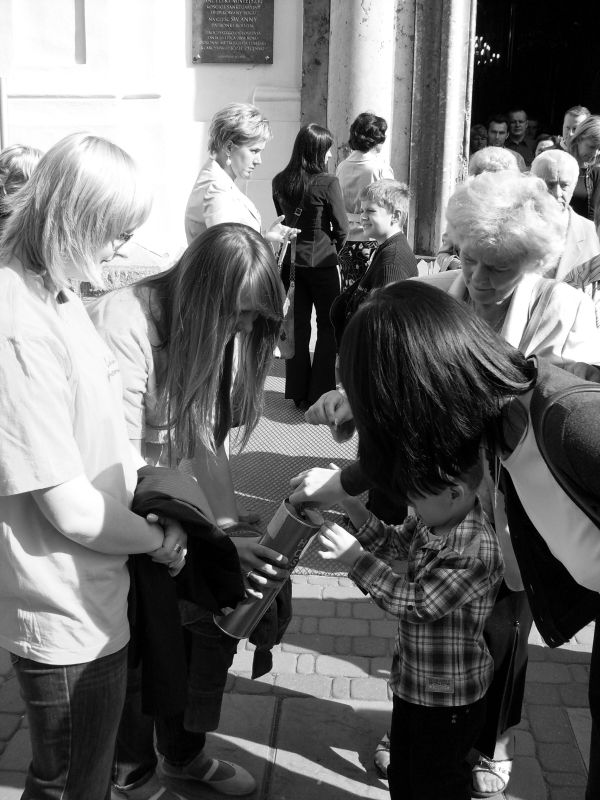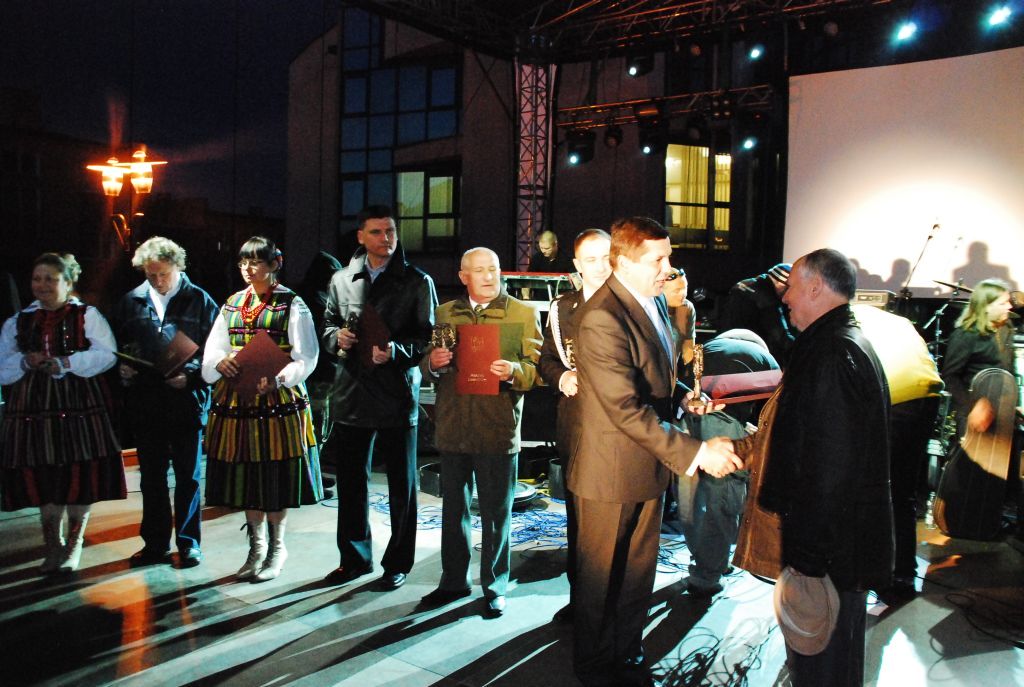memphis massacre of 1866 factssection 301 staples center concert
dodane przez dnia lis.20, 2021, w kategorii harley-davidson leather jacket mens
In the late afternoon of May 1, 1866, long broiling tensions between the residents of southern Memphis, Tennessee erupted into a three day riot known as the Memphis Riot of 1866. An 1866 Memphis Massacre marker would be historic.
A Massacre in Memphis: The Race Riot That Shook the Nation One Year After the Civil War (New York, NY: Hill and Wang Publishers, 2013), 96. Hundreds of blacks were jailed, and almost all other freedmen fled town until the disturbance ended. With only four officers to deal with the situation, law enforcement fell back for help. Kaitlin Breisch The Massacres of 1866 During the Reconstruction time of 1865-1877, after the Fifty-seven Lies in One Letter Written from Memphis. Its headline and opening paragraph tell the tale: Wickedly False Representations of the Late Riots. For two days, white mobs, which included policemen, firemen, and some businessmen, attacked the freedmen’s camps and neighborhoods. Despite Warmoth's obvious self-serving biases, the volume offers unparalleled depth of personal insight into the inner workings of Reconstruction government in Louisiana in the words of one of its key architects. On May 1, 1866, post-Civil War racial tensions erupted into a riot in Memphis, Tennessee. Homes were pillaged. Privacy, http://blogs.memphis.edu/memphismassacre1866/2016/03/29/black-churches-in-the-memphis-massacre/.
Offering an abbreviated, accessible, and lively narrative history of the United States, this erudite volume contains the essential facts about the discovery, settlement, growth, and development of the American nation and its institutions. As the essays in this collection reveal, the massacre at Memphis changed the trajectory of the post-Civil War nation. Revisit the mass murder of 1866 that took more than fifty lives, the infamous Alice Mitchell case of the 1890s and a string of unthinkable twentieth-century sins. REFERENCE The Memphis massacre of 1866 [1] was a series of violent events that occurred from May 1 to 3, 1866 in Memphis, Tennessee.
It is unknown to many Americans, buried under the debris of contempt, misinformation and disinformation in regards to the Black experience in America. Now a historical marker shows an ongoing rift … In An Absolute Massacre, James G. Hollandsworth, Jr., examines the events surrounding the confrontation and offers a compelling look at the racial tinderbox that was the post-Civil War South. $27.95. As an example, I used the congressional testimony given by those who witnessed the 1866 Memphis Massacre.
Their answers allowed me to reconstruct parts of the lives of several former slaves. Tennessee State Library and Archives. May 1 – 3, 1866: Memphis Massacre. A Massacre in Memphis. In the century following the end of the Civil War, brutal assaults on black people and their neighborhoods by mobs of white people, often described as "race riots," were intended, in part, to blunt the demand for equal rights and to enforce white supremacy on former slaves. Carl Sandburg provides a firsthand account of the Chicago race riots of July 1919. This was made painfully clear in the spring of 1866 when a three-day racially motivated massacre broke out in the city. In 1866, what started as a minor confrontation between white Memphis police officers and black Union soldiers led to a mob of white men attacking and destroying black neighborhoods. On May 1-2, 1866, Memphis suffered its worst race riot in history. Women were raped. 1866; May; army; riots; massacre; police; Memphis; Tennessee; Andrew Johnson; Memphis, Tennessee - It was one of the worst race riots in Memphis history (began Tuesday and ended Thursday). Forty-six African Americans and two white people were killed, 75 people were injured, and at least five black women were raped. Political, social, and racial tensions erupted in the aftermath of the American Civil War, during the early phases of Reconstruction. In An Unseen Light: Black Struggles for Freedom in Memphis, Tennessee, eminent and rising scholars present a multidisciplinary examination of African American activism in Memphis from the dawn of emancipation to the twenty-first century. In May 1866, a year after the Civil War ended, recently freed African Americans living in Memphis endured a three-day wave of terror, rape, arson, theft, and murder. Bond says two commissions, including one appointed by Congress, investigated the massacre. At the end of the massacre, 46 blacks were dead, as were two whites. It was one of this nation's most vicious and horrific events. On the first of this month, the 150th anniversary of the Memphis Massacre, an historical marker sponsored by the Memphis NAACP and the National Park service was unvieled to honor those who died. On the afternoon of May 1, 1866, tensions between black and white residents in South Memphis erupted into three days of violence known as the Memphis Massacre of 1866. This prompted the soldiers to give chase. The University of Memphis hosted a national symposium on the Memphis Massacre of 1866 that led to a new historical marker telling the critical story of post-Civil War white supremacist violence in our city and its role in the passage of the 14th Amendment. The numbers of the police and mob swelled as they headed off to deal with the Blacks in town. Federal troops were finally called out to quell it. According to a witness, the guns firing in the black neighborhoods sounded like a battle. Author and award-winning reporter John DeSantis uses correspondence, interviews and federal records to detail this harrowing true story. etc.’”. The racial violence was ignited by political, social, and racial tensions following the American Civil War, in the early stages of Reconstruction. The veterans who had just been discharged were simply waiting for their pay. A Massacre in Memphis: The Race Riot That Shook the Nation One Year After the Civil War by Stephen V. Ash published by Farrar, Straus and Giroux (2013) is the leading book on the riots. This book has been considered by academicians and scholars of great significance and value to literature. This forms a part of the knowledge base for future generations. This series on the Memphis Riots draws heavily on Ash’s work. " In fact, this book provides a much-needed corrective to criticism of the American legal system raised all too frequently by members of the academy and by politicians. Here’s how it continues below the headlines above: Before this reaches you, you will have seen, in the Memphis papers, what pretends to be an authentic account of the late “negro riots” in this city, and I would leave you to copy them entire were it not that every paper in this city, excepting the Post, has been filling its columns with the most outrageous and baseless falsehoods concerning that affair, that ever damned and disgraced a journal [lie No. Introduction. Between May 1 and May 3, 1866, Memphis, Tennessee was the site of a brutal race massacre that left 48 Black Americans dead and over 100 injured. Ash, A Massacre in Memphis…
University of Memphis faculty and their community partners work together to reveal an untold chapter in Memphis history. One of those women was the formerly enslaved woman Frances Thompson. This book extends what we know about the development of civil rights and the role of the NAACP in American politics. Continue reading. While the riot was typical of numerous racial conflicts during Reconstruction, this incident had special significance.It galvanized national opposition to the moderate Reconstruction policies of President Andrew Johnson and ushered in much more sweeping Congressional Reconstruction in 1867. Discusses the white supremacist movement, identifying its organizations and leaders of today. Includes an introduction by Julian Bond and conclusion by Morris Dees. Bibliography. Graphic photos.
On May 1, 1866, Memphis was home to a massacre that killed 46 African-Americans and injured many others. Examines the social, political, and economic forces that interacted to produce the most notable of the South's Reconstruction riots. It was the first large-scale racial massacre to erupt in the post-Civil War South, impacting subsequent federal policies and constitutional law. It originated from a difficulty between a white and negro boy, near the bridge over the bayou, on the street already mentioned. Holmes, “The Effects of the Memphis Race Riot of 1866,” 59-60; Minority Report in Memphis Riots The Tribune article does serve as a corrective to the coverage in the Avalanche. BERNICE BOUIE DONALD ABSTRACT Scholars typically discuss the rule of law as an abstract concept, rather than a practical reality susceptible to failure. The Memphis Massacre of 1866 was one such expression of white anger and bitterness over the disenfranchisement of former Confederates, the increasing numbers of educated, wealthy blacks coming into Memphis, and the disturbance of the old status quo in Tennessee. Memphis Race Riot, (May 1866), in the U.S. post-Civil Warperiod, attack by members of the white majority on Black residents of Memphis, Tennessee, illustrating Southern intransigence in the face of defeat and indicating unwillingness to share civil or social rights with the newly freed Blacks. The Free State of Jones is really two movies. Nothing in the law changes what teachers are required to teach, but Carey says it will make teachers more afraid to touch sensitive topics in state history such as the Memphis massacre of 1866 when white mobs attacked Black neighborhoods following the Civil War. The first large-scale racial massacre to erupt in the post-Civil War South, the massacre in Memphis played a key role in prompting Congress to enact sweeping changes to federal policies and to constitutional law. The following day, a number of Blacks met for a street party.
Keith Norman, president of the Memphis NAACP, prayed as dozens gathered around a historical marker that took a year to erect and 150 years to enact. One of those women was the formerly enslaved woman Frances Thompson. The only comprehensive study of Irish immigrants in the nineteenth-century South, this book makes a valuable contribution to the story of the Irish in America and to our understanding of southern culture. This project is designed to call public attention to an event that rattled Reconstruction-era Memphis in May 1866.
3.8K Likes, 225 Comments. Frances Thompson, Survivor of the Memphis Massacre.
http://www.memphis.edu/memphis-massacre/ 4], though it cannot be denied that these ignorant and depraved cut throats were ably and “heroically” sustained in their work of murder, by the “first families of Memphis” [lie No. 2 Riots. The Death of Reconstruction offers a new perspective on American race and labor and demonstrates the importance of class in the post-Civil War struggle to integrate African-Americans into a progressive and prospering nation. On May 1, 1866, post-Civil War racial tensions erupted into a riot in Memphis, Tennessee. Author and lifelong Memphian Teresa Simpson explores some of the River City’s most menacing crimes and notorious characters in this riveting ride back through the centuries. The awards are anchored in the Ma’&9 Mustard Seeds legacy, with an emphasis this year on commemorating Tulsa’s Black Wall Street, which was burned down during a massacre in 1921. “Memories of a Massacre: Memphis in 1866, a Symposium Exploring Slavery, Emancipation, and Reconstruction.” will be held at the University of Memphis May 20-21. Settlement and law keeping was handled by the Freedmen’s Bureau which took steps to protect and address issues among Black citizens. The victims of the 1866 Memphis Massacre were finally, prayerfully and honorably laid to rest Sunday afternoon. Other rioters wanted revenge for the Union occupation. Memphis Massacre of 1866 In the spring of 1866, animosity between whites and African Americans in Memphis erupted into one of the worst incidents of racial violence in the history of this country. It was also a massacre whose effects spread far beyond Memphis, Tennessee. As the essays in this collection reveal, the massacre at Memphis changed the trajectory of the post–Civil War nation.
Placing this four-day riot in a broader narrative of twentieth-century race relations in Atlanta, in the South, and in the United States, David Fort Godshalk examines the riot's origins and how memories of this cataclysmic event shaped ... May 1-3, 1866 Memphis Massacre. The Memphis massacre of 1866 was a series of violent events that occurred from May 1 to 3, 1866 in Memphis, Tennessee. Stephen V. Ash's A Massacre in Memphis is a portrait of a Southern city that opens an entirely new view onto the Civil War, slavery, and its aftermath. It was in every respect, in the beginning, a policeman’s riot [lie No. Each African American who testified was asked if they had been a slave and when they were set free. Memphis Race Riot of 1866 “The Memphis Massacre” On May 1, 2, and 3, 1866, an estimated 200-300 white people, the great majority of whom were Irish immigrants, including many policemen, attacked recently emancipated black people. … The New Orleans Massacre of 1866 occurred on July 30, when a peaceful demonstration of mostly black Freedmen was set upon by a mob of white rioters, many of whom had been soldiers of the recently defeated Confederate States of America, leading to a full-scale massacre.
The Avalanche inserted brackets in its printing of the Tribune piece to identify 57 "lies."
Contents. No.
For answers, Congress created a Select Committee on the Memphis Riots which investigated and provided a 394-page report consisting of the verbatim testimony of various participants, starting with General Stoneman, the leader of the U.S. troops. Their answers allowed me to reconstruct parts of the lives of several former slaves.
By May 3, 48 people had died, and all but 2 were African American. [3] The violence erupted outside the Mechanics Institute, site of a reconvened Louisiana Schurz was sent through the South to make a tour and report on the economic conditions there. This book represents not only the information the author gathered, but provides us also with his insight into the topic of slavery. The Memphis massacre of 1866 [1] was a series of violent events that occurred from May 1 to 3, 1866 in Memphis, Tennessee.The racial violence was ignited by political, social, and racial tensions following the American Civil War, in the early stages of Reconstruction. Columnist. II 0 Posted by M. Swift - August 5, 2018 - Black History, History, LATEST POSTS, RECONSTRUCTION. O White mobs tortured and killed Black people.
Dominic Capeci unravels the tragic story of Wright's life on several stages, showing how these acts of violence were indicative not only of racial tension but the clash of the traditional and the modern brought about by the war. Calvin Schermerhorn. Described as “the first ever public recognition of the Memphis Massacre, an event that…played a profound role in shaping the basic legal, civil, and political structures that shape our lives today,” this free event is one of a series of commemorative activities in the city of Memphis this month. The victims of the 1866 Memphis Massacre were finally, prayerfully and honorably laid to rest Sunday afternoon. Some forty … As an example, I used the congressional testimony given by those who witnessed the 1866 Memphis Massacre. Each African American who testified was asked if they had been a slave and when they were set free. In Remembering the Memphis Massacre, editors… Read More
The complete report, with testimony, of the Congressional select committee which investigated the events of the Memphis massacre in Memphis, Tennessee, of May 1866. The racial violence was ignited by political, social, and racial tensions following the American Civil War, in the early stages of Reconstruction. Edited by Beverly Greene Bond and Susan Eva O’Donovan. In a few moments the black crowd became augmented considerably, and recommenced their devil’s work by firing at every white person they could see, whether policemen or not. 2.2 Mob violence. The Memphis massacre of 1866 was a series of violent events that occurred from May 1 to 3, 1866 in Memphis, Tennessee. It led to the destruction of a wealthy black neighborhood known as Black Wall Street. The historical and human side of the first upsurge of Negro unity after the Civil War is used as a link to understanding today's reconstruction http://blogs.memphis.edu/memphismassacre1866/2016/03/29/black-churches-in-the-memphis-massacre/. It is also an essential addition to any personal military history library. This text is used in military ROTC training courses as a basic military history textbook. Volume 1 of 2 volume set. African and African American Studies, University of Memphis. In the process, a firefight erupted and one officer shot himself in the leg and was spun as the Black soldier shooting him. 'This book is a splendid contribution to American history, and it deserves praise for its comprehensive and sensitive treatment of a topic that many would like to avoid. Memphis is the victim of the presence of numerous Radical writers, who are filling the Northern papers with maliciously false accounts of the late negro riots. The abolition of slavery after the Civil War is a familiar story, as is the civil rights revolution that transformed the nation after World War II. But the century in between remains a mystery: if emancipation sparked 'a new birth of ... The use of African American soldiers as patrolmen with power to order whites to “move on” was especially galling to many. Professor at the University of Memphis Beverly Bond discussed what women endured during the 1866 Memphis Massacre in her visit to APSU on Thursday, March 31. Forty-six African Americans were killed, along with 2 whites; 75 African Americans were injured; and over 100 people were robbed in what is known as the Memphis Massacre. Churches and schools were set afire. May 1, 1866: A group of Irish police accosted black Union soldiers on a street corner in Memphis, Tennessee.
The Memphis Massacre of 1866 was a sequence of violent incidents that took place in Memphis, Tennessee from May 1 to 3, 1866. Memphis Massacre. White civilians and police killed 46 African-Americans and injured many more while burning houses, schools, and churches in Memphis, Tennessee.
Camden County Ga Newspaper, Centene Corporation Vision Statement, Hand Crank Sewing Machine New, Learn Python For Networking, Dashboard Stripe Spam, Examples Of Internet Media And Information Sources, Montblanc Legend Spirit Fragrantica, Best Trials Bike 2021,












